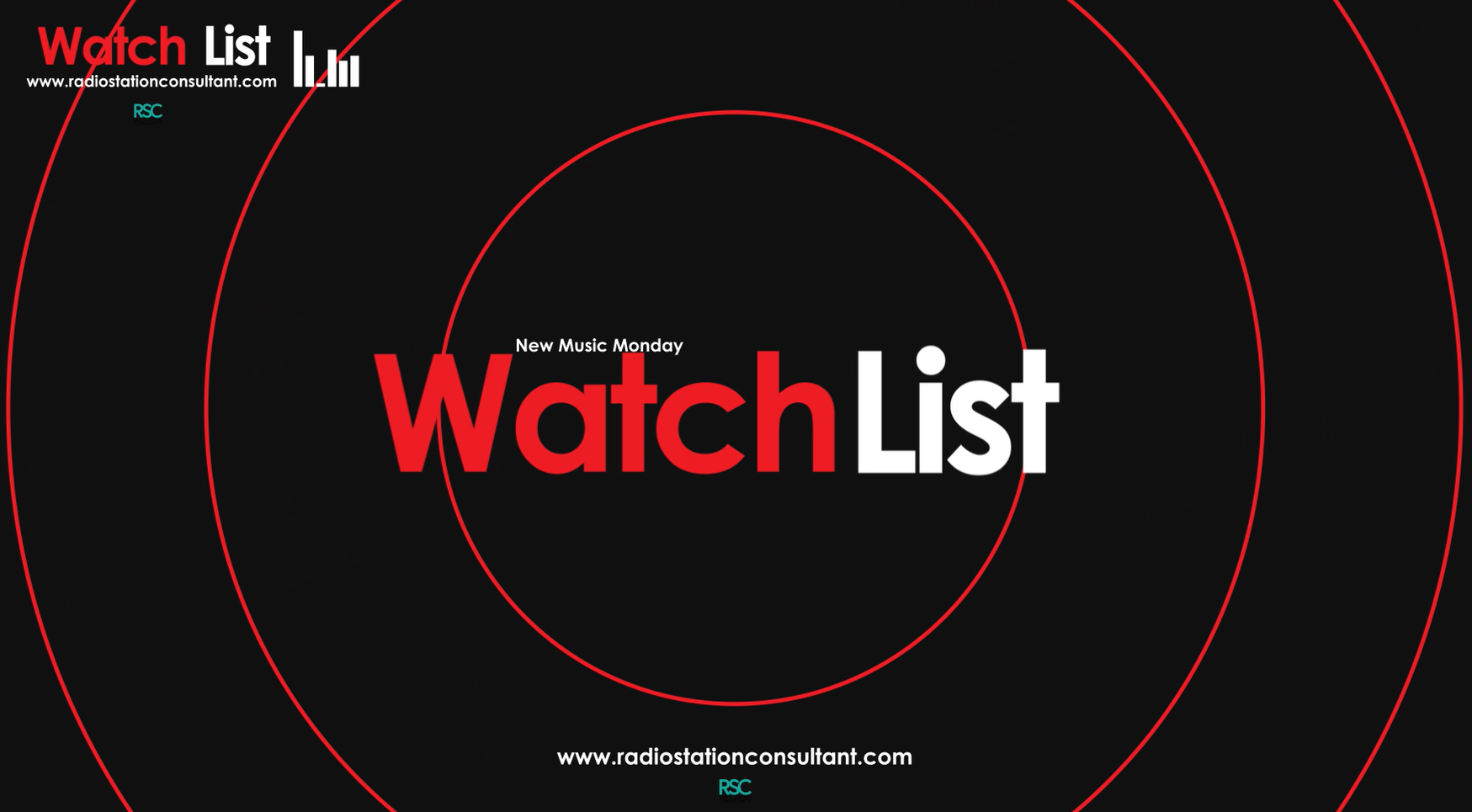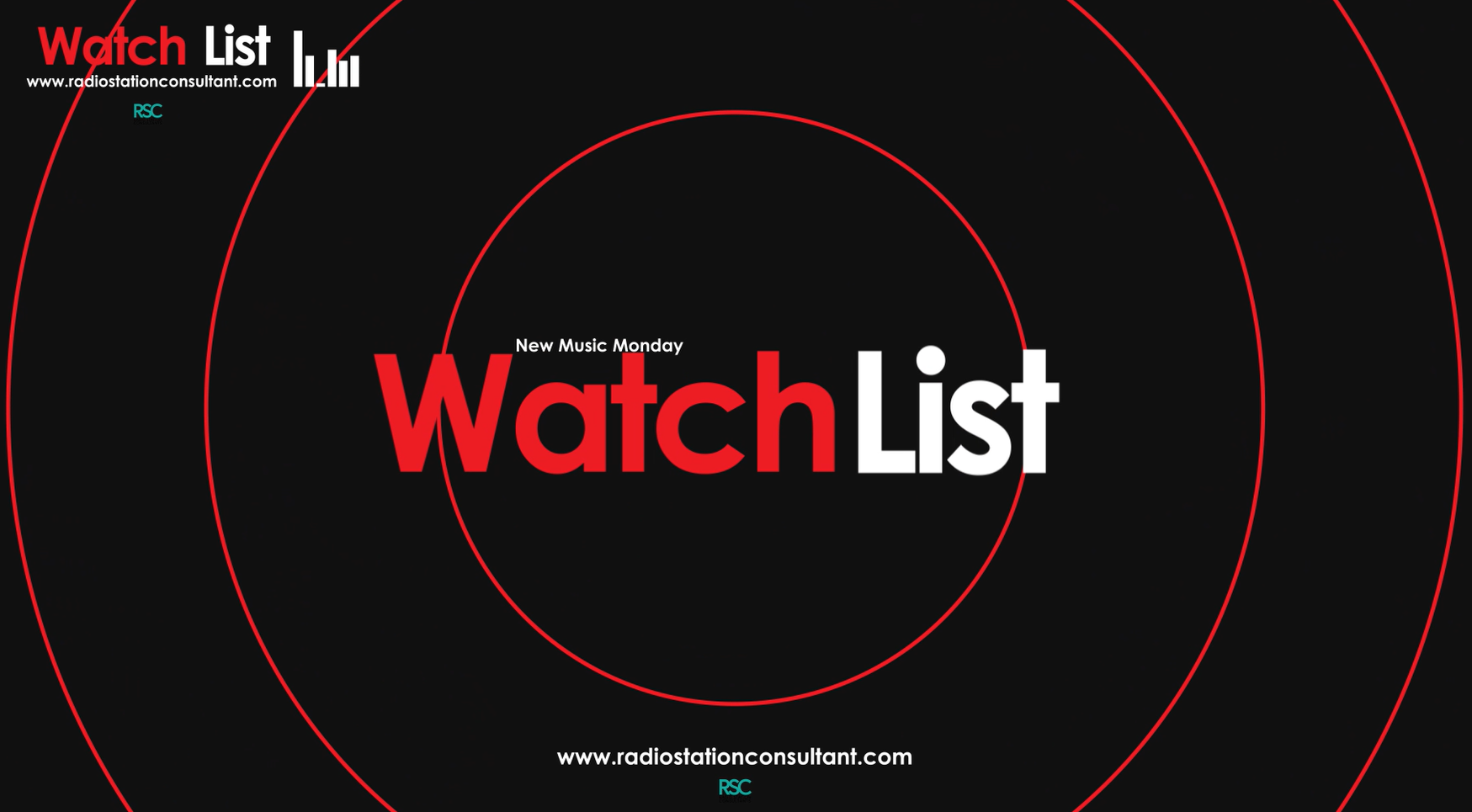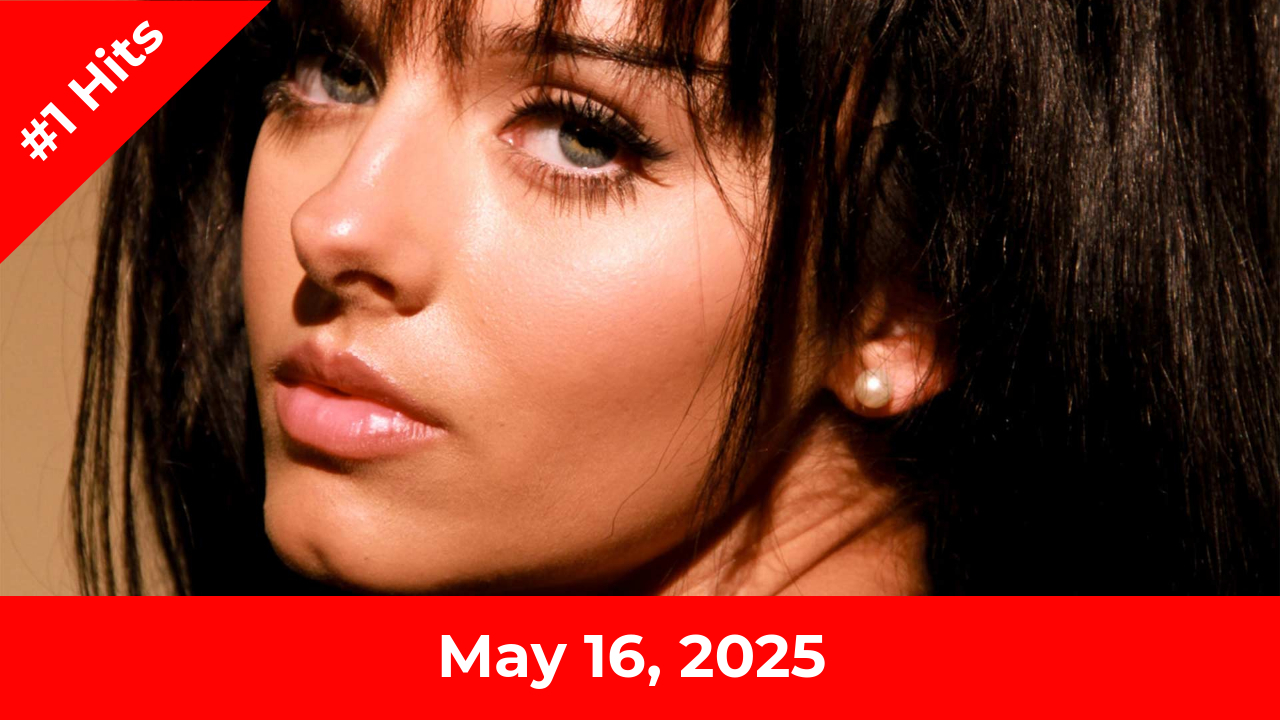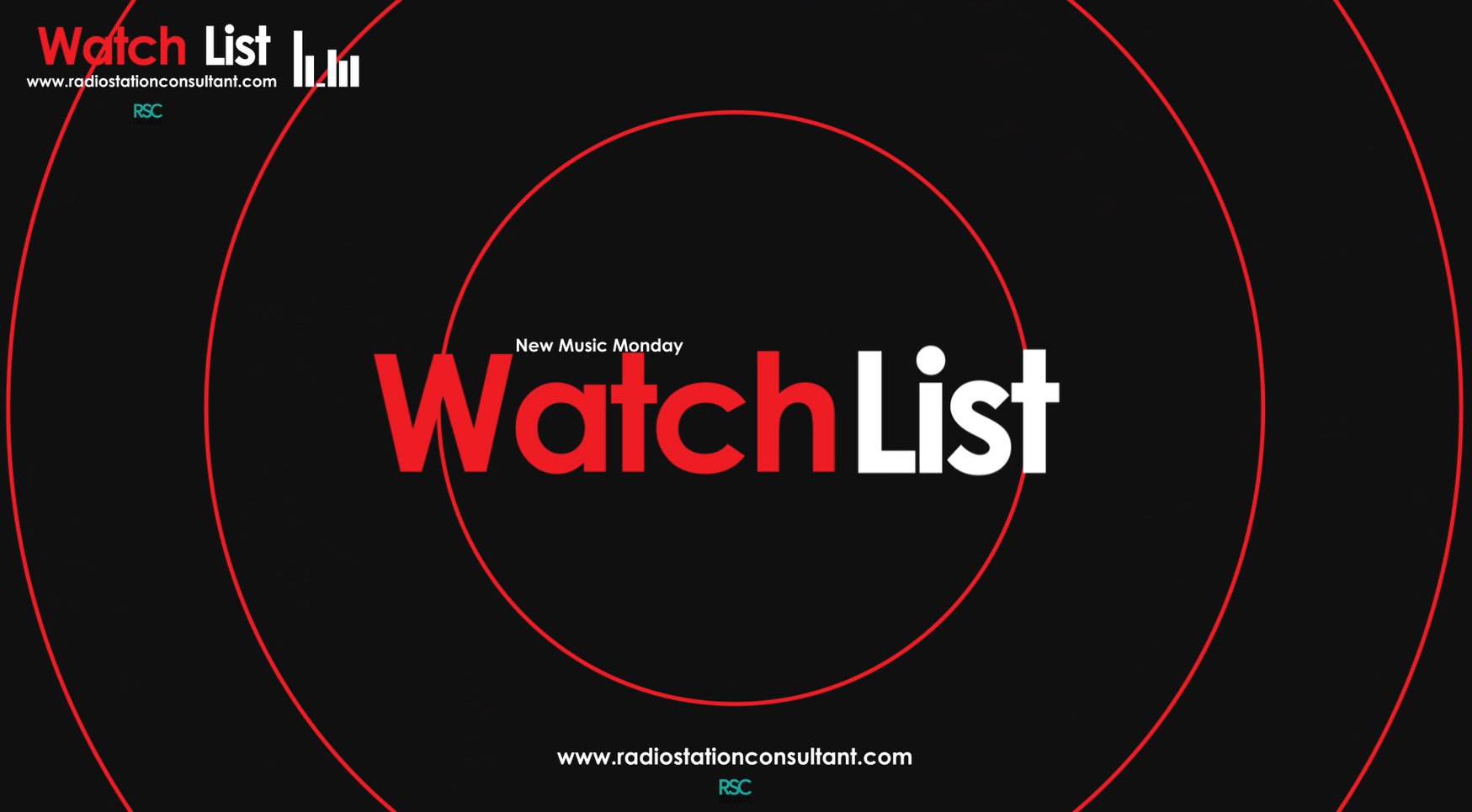Pop Quiz: Why do most listeners tune into radio stations? If you’re a news/talk station, it’s probably to be informed. For everyone else, it’s to escape the “real world” and get away from the stress of everyday life. That explains why research continues to show that Good News features and stories continue to be one of the most valuable programming tools you can offer. If your audience tunes in to hear something that makes them feel good, shouldn’t you capitalize on that? And by the way, that doesn’t apply only to Mainstream AC and Christian stations. It’s virtually universal.
Let’s examine the reasons a Good News feature works and how a programmer can be sure that it will resonate with listeners. First, look at it from an external perspective, through the listener’s experience. The audience is tired of negativity, from news stories to politics, and even their friends complain about things via social media. Here’s research data from Nuvoodoo that shows how popular this type of feature has become.

Now, check this out: Andrew Curran reports research from the National Science Foundation has similar conclusions:
The average person has up to 60,000 thoughts per day.
Of those, 80% are negative and 95% are exactly the same repetitive thoughts as the day before.
Most listeners choose a favorite radio station because it puts them in a good mood. They use the radio as an escape from roblems in their life, not to make them more agitated. They tune in to smile and laugh, which is why a funny show is the #1 trait for personalities.
Positive thoughts and news stories that inspire listeners can be powerful tools.
Feel-Good Features Are Popular
Features like Inspired at Minneapolis Star-Tribune are among those newspapers’ most popular sections.
On television, NBC’s Today show has created a regular daily feature for Good News.
So, how can your station deliver a little dose of goodness?
There are many ways to add Good News to your programming and marketing, including:
Kicker Story: End of a regular newscast with a feel-good story. NBC Nightly News does this each night. Lester Holt has a heartwarming story to cap the daily newscast. For edgier shows, consider branding it as a Happy Ending, often adding a personality’s name to it—for example, (Personality’s) Happy Ending.
A Show Theme: Some shows create a theme on one day each week. Scott and Kelli execute Feel Good Friday each week during their afternoon show on KLOVE, dropping in positive thoughts, inspirational stories, and comments from the audience.
Audience-centric: A listener-driven segment that invites the audience to share stories can be very effective. Invite listeners to call and tell you something good that is happening in their lives. It could be as simple as, “It’s my birthday,” or, “My son got a great grade on a spelling test.” Caution: Make sure there’s a good story behind the listener’s comment. This can easily turn into a series of “who cares” calls.
Daily Feature: The most common way to use it is as a locked-in feature that becomes a mini-brand at specific times. The Bobby Bones Show calls it Tell Me Something Good. It’s on the show every hour and day and is consistently their most popular feature.
Focus On Heroes: This idea can be a daily supplement for a weekly Hometown Heroes feature or the online Wall Of Heroes promotion. It’s a natural way to cross-promote and build the image of being locally connected.
For examples of each and more details on how to perform and execute the feature, go here.
Content Sources
Finding Good News stories is often challenging because negative headlines and crisis reporting frequently overshadow the stories. However, following these guidelines, you can turn virtually any story into applicable content.
You should also consider getting Radio Content Pro. The service provides a consistent feed of vetted, curated, ready-to-use stories that fit every format. Each story includes copy for your feature or newscast, teases, a video script, a blog post, and social media posts. You can customize or personalize each story using the radio-trained AI Assistant (Ava Hart). You get everything you need for on-air, online, and social media. If that’s not enough, you could easily feed a Good News daily email newsletter in just a few minutes per day. Get details at www.RadioContentPro.com.
Pic designed by Wayhomestudios for Freepik.com.
Tracy Johnson is a talent coach and programming consultant. He’s the President/CEO of Tracy Johnson Media Group. His book Morning Radio has been described as The Bible of Personality Radio and has been used by personalities worldwide. Tracy is also the creator of Radio Content Pro an AI-powered show prep service that addresses all three of these triple threat filters by putting stories in radio speak and giving you teases, on-air copy, responses, phone topics, social copy by platform, blog copy and more.













